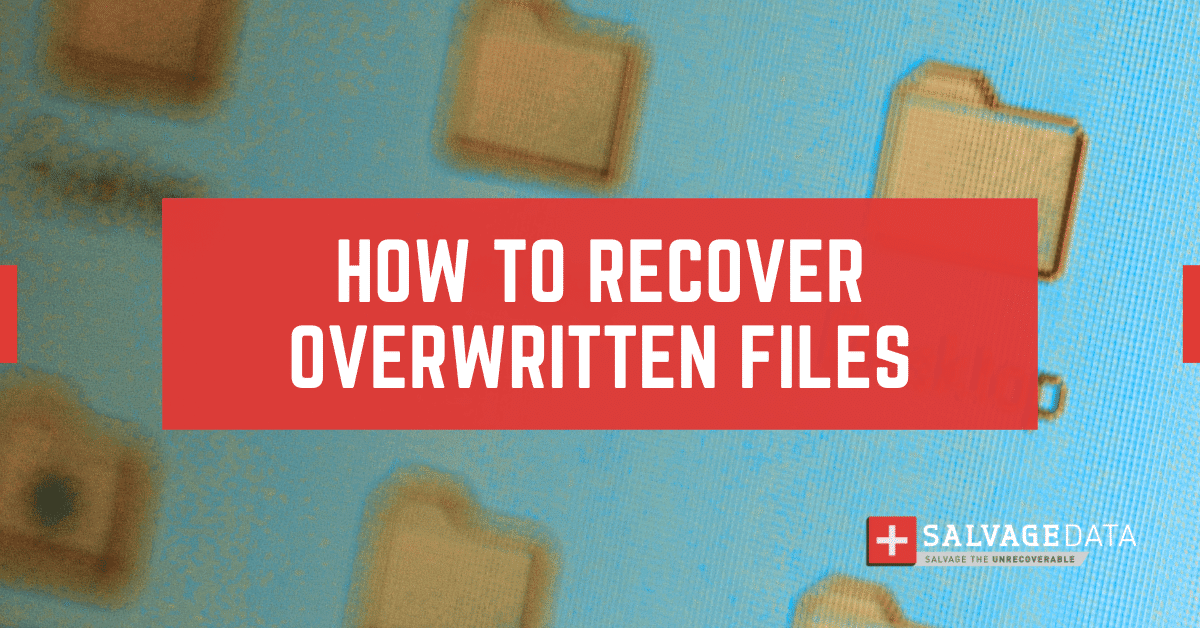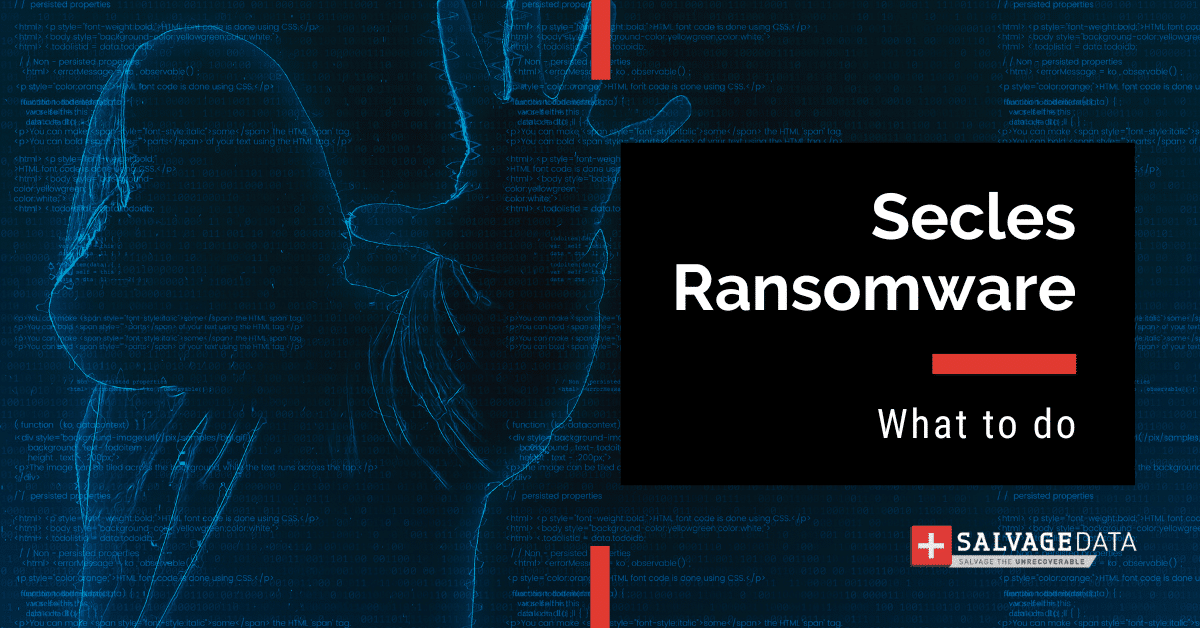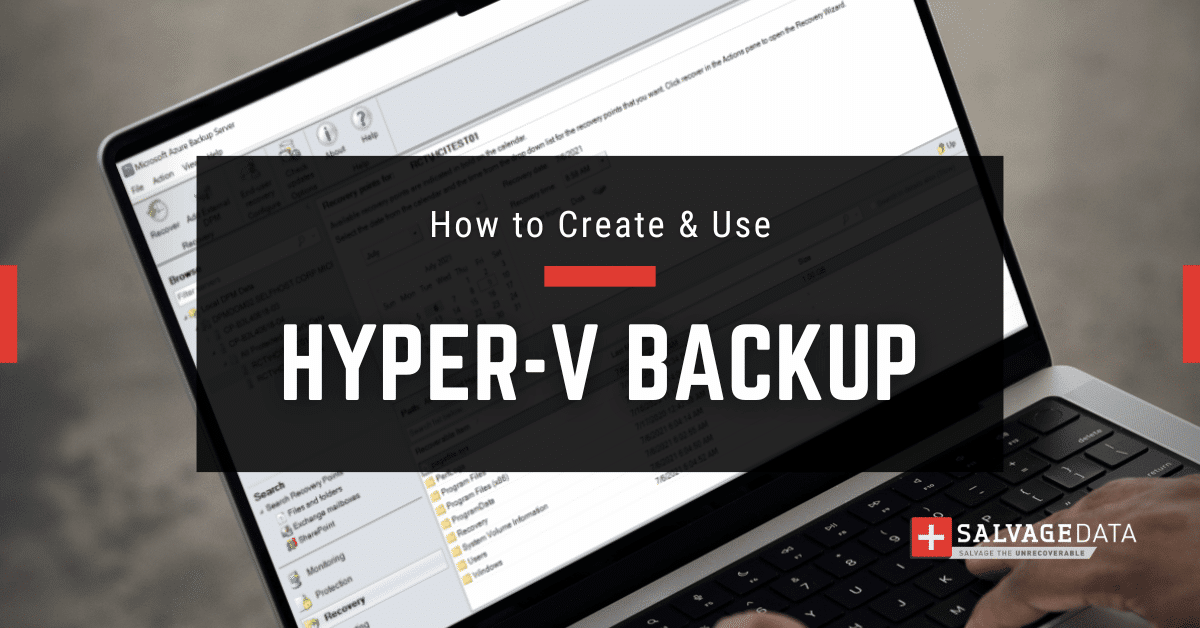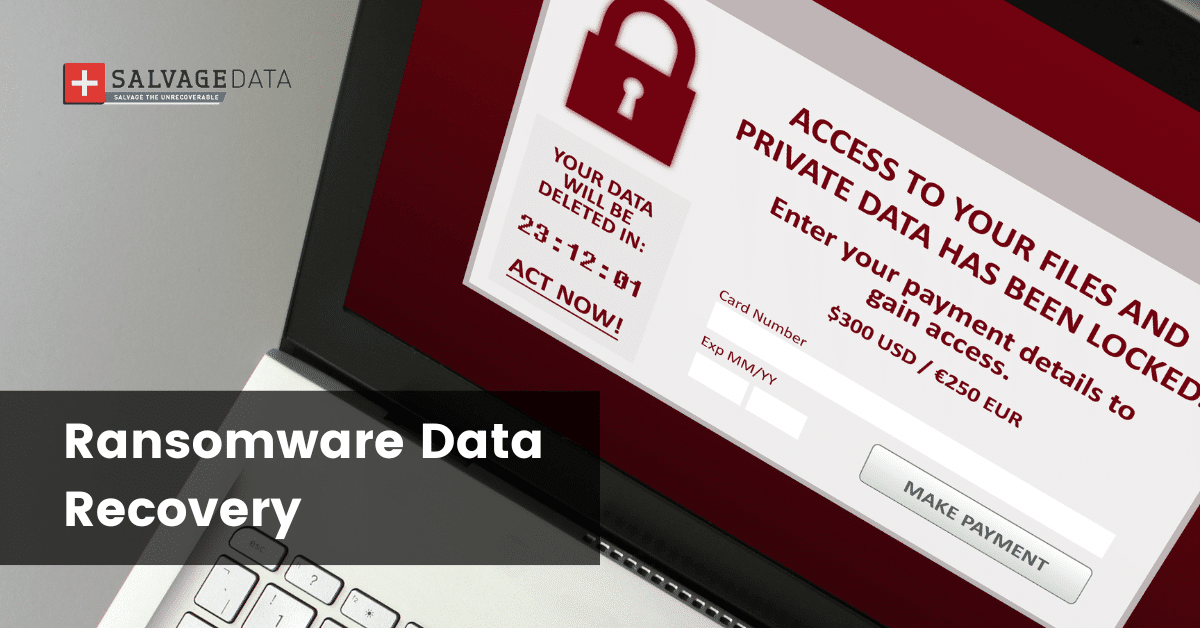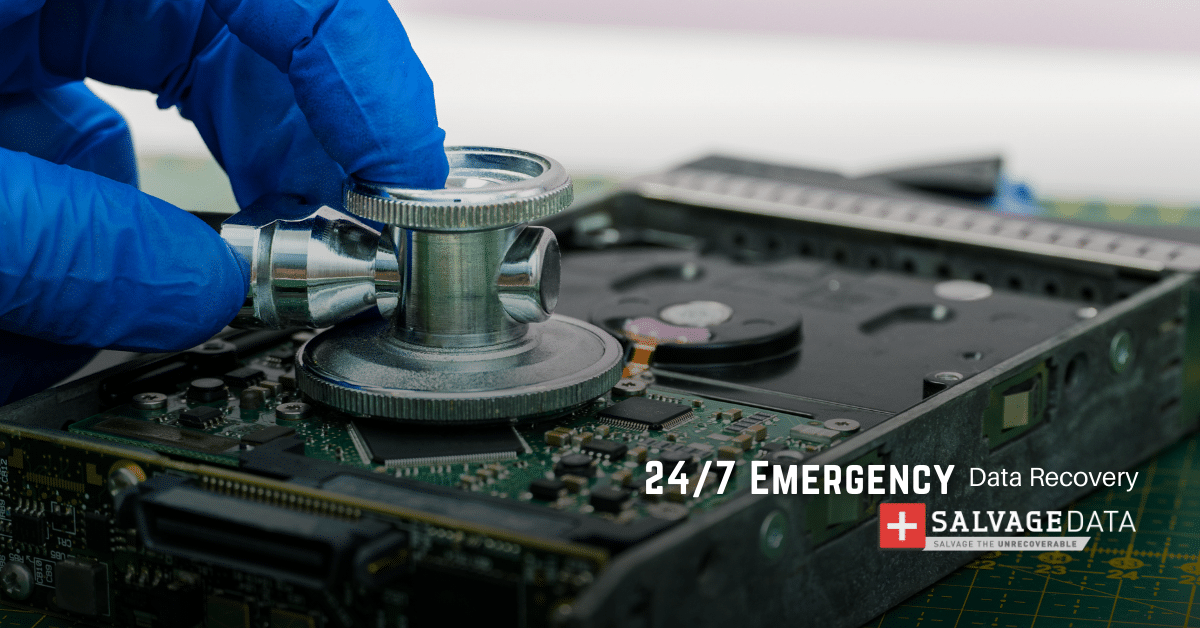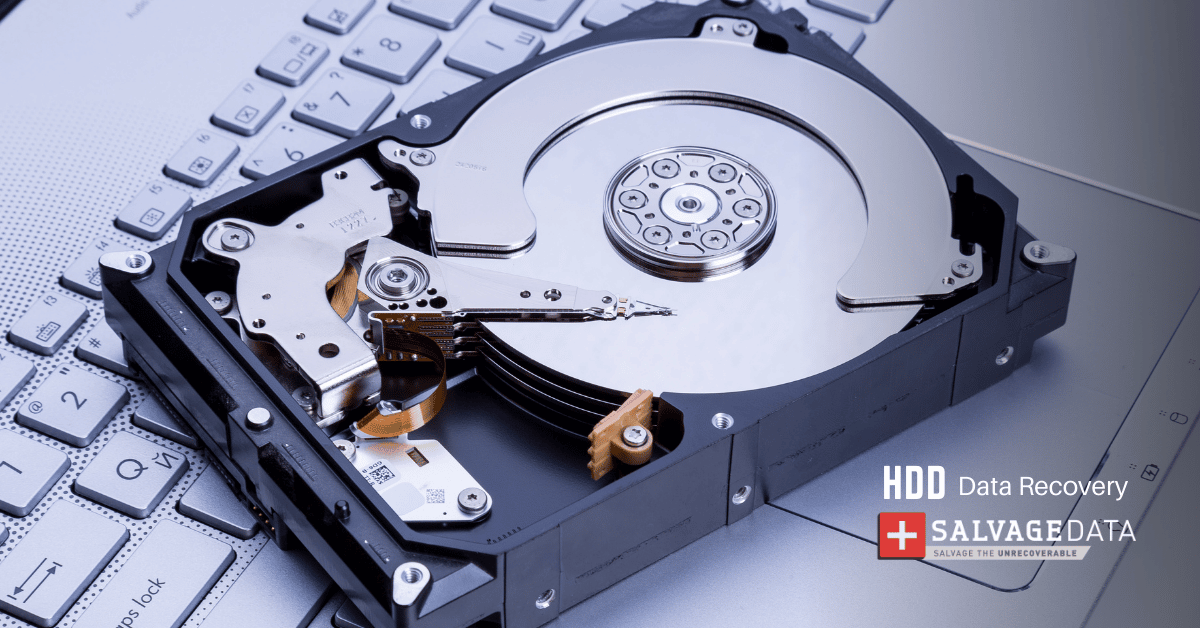Recent Articles
How To Recover Overwritten Files
The Snowflake Data Breach: A Comprehensive Overview
Mac Not Recognizing External Hard Drive: Quick Fix Solutions
How Multi-Cloud Backup Solutions Can Prevent Data Disasters
Capibara Ransomware: What is it & How to Remove
What Should a Company Do After a Data Breach: The Ticketmaster Incident
Secles Ransomware: Removal Guide
What To Do When Your Chromebook Freezes
How to Create Hyper-V Backup
What Is The Best Data Recovery Software For PC

I think there's an issue with my storage device, but I'm not sure Start a free evaluation →
I need help getting my data back right now Call now (800) 972-3282
Data loss prevention (DLP) is an important security measure that businesses of all sizes must take to protect their data and minimize the risks of a potential breach.
Data leakage can have serious financial, legal, and reputational consequences for companies. For this reason, organizations must implement effective DLP measures. Knowing what is and how to implement DLP solutions increases your business’s data security.
What is data loss prevention
Data loss prevention (DLP) is a set of technologies, products, and techniques designed to stop sensitive information from leaving an organization.
It uses a combination of data classification methods, content analysis, and other security measures to identify and prevent the unauthorized transmission or storage of confidential data. Depending on the organization’s needs, data protection solutions can be deployed in the cloud or on-premise.
Steps to implement data loss prevention
DLP systems use a combination of data classification methods, content analysis, and other security measures to identify and prevent the unauthorized transmission or storage of confidential data. You can set up Data Protection solutions in the cloud or on-premise, depending on your organization’s needs.
Step 1. Identify which type of data protection your business needs
Identifying what type of data you have that requires protection and where you can store it is the first step to implementing DLP.
- Protecting data in motion. DLP software guarantees that your data doesn’t go outside your network, or into insecure storage while transferring it. To do so, data encryption plays a significant part
- Protecting data at rest. You must secure the data you’re not using as well. That’s because ransomware or any other cyberattack can hijack these files the same way they can infect your in-motion or in-use data.
- Protecting data in use. Authenticating users, encryption, and passwords are a few techniques you can apply to protect the in-use data.
- Endpoint DLP. Endpoint data loss prevention protects data from all devices, from computers and networks, to smartphones.
- Cloud data loss prevention. Your data is secure in cloud storage as long as you keep it that way. DLP is not exclusive to physical storage devices, and you should apply it to all your backups in every drive you have with your business data.
Step 2. Developing DLP strategy
After that, organizations must develop a comprehensive data loss prevention strategy. It should include:
- Identifying potential areas of risk
- Classifying data according to sensitivity levels
- Developing policies and procedures to protect data from unauthorized access or modification
DLP systems should also be integrated with other security tools such as firewalls and malware protection software for added protection.
Also, employees must be trained on DLP processes and best practices, including how to securely store and share data, create strong passwords, and report any suspicious activity.
Step 3. Implementing the DLP
After defining the type of data protection your business requires and developing a strategy, you must implement it.
You can use DLP software, self-encrypting storage devices, strong passwords, and two-factor authentication, besides training your team for cybersecurity as DLP strategies.
As experts in all types of data loss scenarios and the best practices for data recovery, SalvageData professionals can help you implement a DLP strategy for your business and guide you on how to build a disaster recovery plan (DRP) as well.
How DLP works
Data loss prevention works by monitoring endpoints for sensitive data—for example, confidential customer data or internal company documents.
DLP systems are pre-configured to watch for certain activities or files and alert IT administrators when these occur. You can also configure these solutions to block the transmission of data to unauthorized locations, such as external cloud storage services, and use encryption technology to secure confidential information during transmission and storage.
In addition to monitoring endpoints, data loss prevention strategies can also monitor emails and other forms of communication for potential data leakage risks.
DLP tools can detect when an employee attempts to send out sensitive information via email or other forms of communication. It can also block inappropriate or against company policy actions. These tools also monitor web traffic for suspicious activity, such as attempts to access restricted websites or download malicious files.
1. Data Classification
DLP begins by categorizing data into different sensitivity levels based on predefined criteria.
This helps DLP systems to identify what information requires protection and how it should be treated. For instance, it can distinguish between public, confidential, and highly sensitive data.
2. Content Inspection
DLP solutions employ content inspection techniques to analyze the actual content of files or data being transmitted.
This involves deep packet inspection, data fingerprinting, and pattern recognition to identify sensitive information. Content inspection extends beyond textual data to include images and structured data formats.
3. Policy-Based Rules
DLP systems rely on policy-based rules that define the actions to be taken when sensitive data is detected.
These policies determine whether to allow, block, or monitor specific actions. For example, policies can dictate blocking the transmission of confidential documents or triggering alerts to administrators when policy violations occur.
4. User and Entity Behavior Analytics (UEBA)
Modern DLP solutions often incorporate UEBA to analyze user behavior patterns. UEBA helps identify anomalies in user actions, even if they do not involve explicit data leakage. For example, it can detect unusual login patterns or suspicious data access requests, triggering alerts.
5. Reporting and Auditing
DLP systems maintain detailed logs of security incidents, user actions, and policy violations. These logs are essential for compliance and auditing purposes.
Organizations can generate reports to track their data protection efforts, investigate security breaches, and demonstrate compliance with regulatory requirements.
6. Integration with the Security Ecosystem
DLP solutions integrate an organization’s broader security ecosystem. This includes seamless integration with firewall systems, SIEM (Security Information and Event Management) solutions, and identity management systems. Such integration enhances the overall security posture by coordinating responses to security events and sharing threat intelligence.
7. Remediation
Beyond monitoring and alerting, DLP solutions offer remediation options. Automated responses can include quarantining suspicious files, revoking access for users who repeatedly violate data protection policies, or initiating incident response procedures.
Data loss prevention best practices
Data loss prevention (DLP) best practices refer to a set of strategies and guidelines aimed at preventing the unauthorized or accidental leakage of sensitive data from an organization. These practices are designed to safeguard business and organizations’ critical information and maintain data integrity.
Regular backups
Regularly backing up data is crucial for data loss prevention. The recommendation here is to schedule automated backups of all important data and ensure redundancy by keeping copies on at least three separate storage devices. One of these backup copies should be stored off-site to protect against physical disasters like fires or floods.
Monitor network traffic
Implement network-based data loss prevention to monitor traffic for suspicious activity.
Network-based DLP involves monitoring network traffic for any signs of data breaches or suspicious activities. By using specialized tools and algorithms, organizations can detect and block unauthorized data transfers in real time.
Use Data Discovery tools
Data Discovery tools are software solutions that scan an organization’s data repositories to identify and classify sensitive information. This helps in understanding where critical data resides and assists in applying appropriate security measures. Apply these tools to scan databases and other storage locations for sensitive information.
Endpoint data loss prevention solutions
Endpoint DLP solutions are installed on individual devices such as computers and mobile devices. You can use tools to monitor individual computers, mobile devices, and other endpoints for suspicious behavior. They monitor user actions and behavior to detect and prevent data leakage from these endpoints.
Encrypt data during transmission and storage
Data encryption is essential to protect data both in transit and at rest. Encryption ensures that even if data is intercepted, it remains unreadable without the proper decryption keys, which adds an extra layer of security.
Monitor communications from outside the network
Organizations should actively monitor emails and other communication channels to detect any signs of sensitive data sent to unauthorized recipients or external parties. Use tools to scan emails and other forms of communication for potential data leakage risks.
Insider threats are a great risk to companies’ data security. They originate from within an organization and are harder to detect than external threats, especially because they can be intentional or unintentional.
Educate employees on data loss prevention best practices
Employees play a crucial role in data loss prevention. Training and educating them about security best practices, recognizing phishing attempts, and handling sensitive data responsibly can significantly reduce the risk of data breaches.
Implement access controls
Set up access controls that limit what confidential information can be accessed and transferred. This includes least privileged access controls and network segmentation.
Implementing access controls ensures that only authorized personnel can access and transfer confidential information. This minimizes the risk of data breaches by limiting access to sensitive data to those who genuinely need it.
Summary
Data loss prevention (DLP) involves several actions and strategies to protect business data. It is essential for data security as well as for compliance. To implement DLP, you must first define the type of data you want to protect, build a strategy, and then implement it.
Educating employees about the importance and how to apply cybersecurity is one of the ways you can achieve data loss prevention.
If you’re facing data loss in your business, you can contact our data recovery experts who will respond to you promptly.

